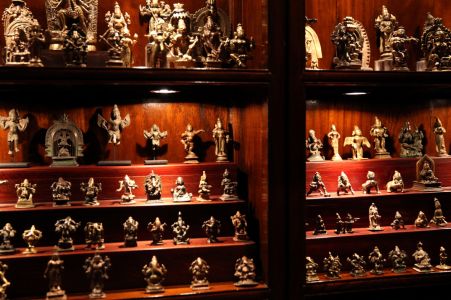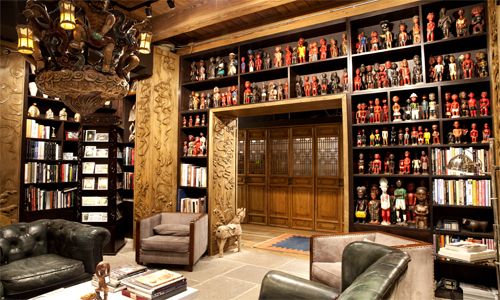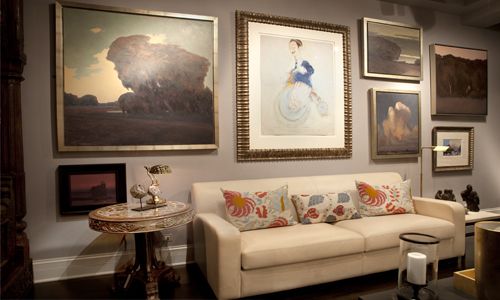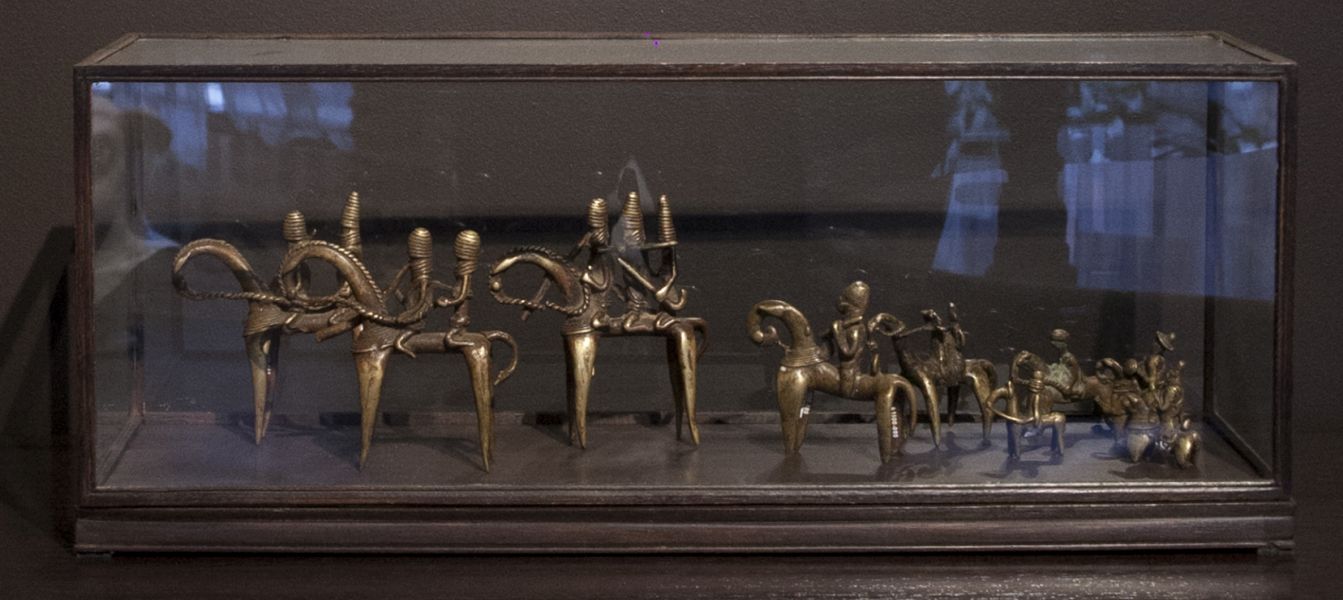Piecing It Together - When Does A Collection Become A Work Of Art?
PRIMITIVE - Friday, December 23, 2016By Glen Joffe
When does a collection become a work of art? Before answering this question, take a moment to imagine a ballet troupe. Each of the dancers are brilliant, their skills honed, every step of their next performance practiced to perfection. Yet, it's not until they step out onto the stage, leaping and pirouetting under the spotlight, accompanied by vibrant music that their performance can finally be considered a work of art, no less a masterpiece. In a similar fashion, individual collectible objects may be imbued with a unique history and story to tell, but when they become part of a collection their status is elevated and the collection itself can become a work of art. Stated differently, a collection can be considered a singular work of art worthy of experience.
Even the smallest of objects can sing loudly when placed in a chorus with like objects. For example, consider miniature bronze figures from Africa and India. Invariably, they were cast using the lost wax process. Lost wax casting insures a piece is one-of-a-kind since the original wax sculpture and the mold are destroyed in the creation of the finished sculpture. In other words, no two pieces are exactly alike. At PRIMITIVE there are several cabinets filled with hundreds of miniature bronzes. Although each piece is an individual work of art, may be displayed separately, exude a sense of wonder and tell a story, when viewed together their stories demand to be heard. Collections demand us to look and listen to their collective as well as individual voices.
 |
|
While there is strength in numbers, even small groupings of objects can provoke a mesmerizing response. For example, just a few geodes from Brazil demand attention when placed on a tabletop. They tell a story of the earth as artist. A small “grove” of Tantric Lingams from India can shine when placed on a fireplace mantel. They look like stone, but are actually crystal with significant energetic properties. A small group of miniature bronzes from the Kotoko people in Chad placed in a glass tabletop box become exceptionally meaningful when you realize they are amulets designed to cure madness. African currencies, a whole sub-specialty in the study of African art, can take on significance when evaluated as prestige objects, even in small numbers. The point is – a small number of objects can constitute a collection if they are related and can speak with a collective voice – even if their specific individual stories vary.
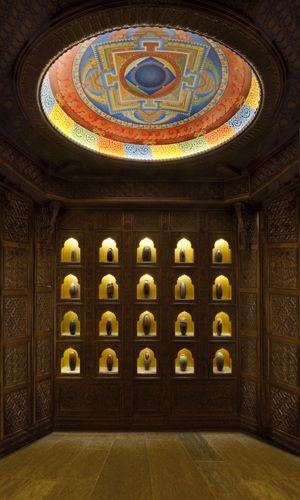 |
|
Another factor affecting the evaluation of a collection is the display method. At PRIMITIVE, special emphasis is placed on how pieces within collections are presented. A small collection of Qing Dynasty Blue and White Porcelain Ginger Jars gains greater presence when placed on fitted, carved wooden hard wood bases. Their story becomes more compelling when you see they all bear the “Double Happiness” symbol, an important character in Chinese art in general. A collection of miniature Indian Pilgrimage Bronzes gain stature when placed on a custom made stepped shelf designed to go into a bookcase, taking advantage of and illustrating the importance of furniture in collection display. A collection of landscape paintings by the renowned plein air artist Brian Sindler may be framed differently, but his singular style is magnified when they are hung in proximity to one another. The same is true for the artist Bob Meyer, or for that matter, any other individual artist. A collection of African masks tells a more arresting story when they are elevated on custom made iron bases rather than hung on a wall. In fact, related objects in a collection may be displayed differently. For example, three pieces of ancient sculpture might be displayed as follows: one on a pedestal, another sitting on a piece of furniture, and still another mounted on a custom metal base. Because there is no such thing as a ready made base store, the display of each object in a collection must be evaluated individually, but the fact that items are addressed at all in terms of display can positively affect the perception and ultimate valuation of a collection.
The displays and vignettes at PRIMITIVE are meant to illustrate how people really live with what they collect, which in translation means the overall “stage” or setting can impact the perception of a collection. This realization places increased emphasis on the architecture and furnishings surrounding collections. Often, custom made furniture or built-in architectural details made to house collections have as much impact as the manner in which any individual piece within the collection is presented. In fact, the architecture and furnishings can portray a collection as a cohesive whole, a complete work of art with each individual piece akin to being a brushstroke in a painting and the surroundings being a frame.
A collection becomes a work of art when related objects are sensitively presented in surroundings designed to magnify their presence. When this happens the viewer’s attention is seized, even if it’s only for a moment. A collection becomes a more impressive, impactful, meaningful work of art when the individual pieces tell a collective story. When this happens the viewer is forced to ponder the collection’s history, the nature of its design, the quality of its construction, and a host of other factors affecting the viewer’s experience. Yet, when a collection tells a compelling story – one filled with awe, fascination and intrigue – it can be elevated to the level of a masterpiece; and when this happens the viewer’s experience is also elevated to an unforgettable level.
